Global estimates of modern slavery are up from 40 million to 50 million in the last five years, according to a new report from the International Labour Organization (ILO). The dread rippling through our staff Slack channel upon hearing this update was almost tangible.
It’s easy to feel discouraged about this at first, but on closer examination, this new report is far from a reason to lose hope.
Comparing the numbers
Let’s break these numbers down a bit and compare them with the 2017 report. While we consider these reports from the ILO and Walk Free to be the best estimates to date, it's important to remember that accurate data on human trafficking is extremely difficult to record due to the hidden nature of the crime. For more details on why it's so difficult, check out this breakdown of human trafficking facts.
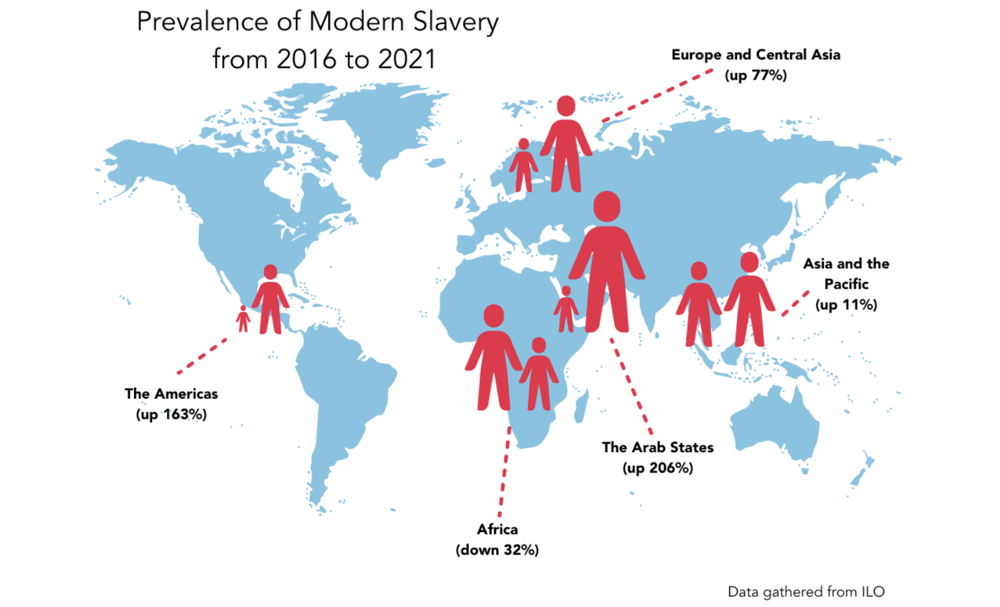
The biggest jump is in the Arab States (11 countries), which jumped from a 3.3 prevalence per thousand to a 10.1—a 206% increase.
Next is the Americas (35 countries), which jumped from a 1.9 prevalence per thousand to a 5—a 163% increase.
Then Europe and Central Asia (51 countries), which jumped from a 3.9 prevalence per thousand to a 6.9—a 77% increase.
Then Asia and the Pacific (36 countries), which jumped from a 6.1 prevalence per thousand to a 6.8—an 11% increase. For this one, it’s important to note that while the total number went up, when broken down further, it only went up regarding forced marriage while forced labor numbers actually went down.
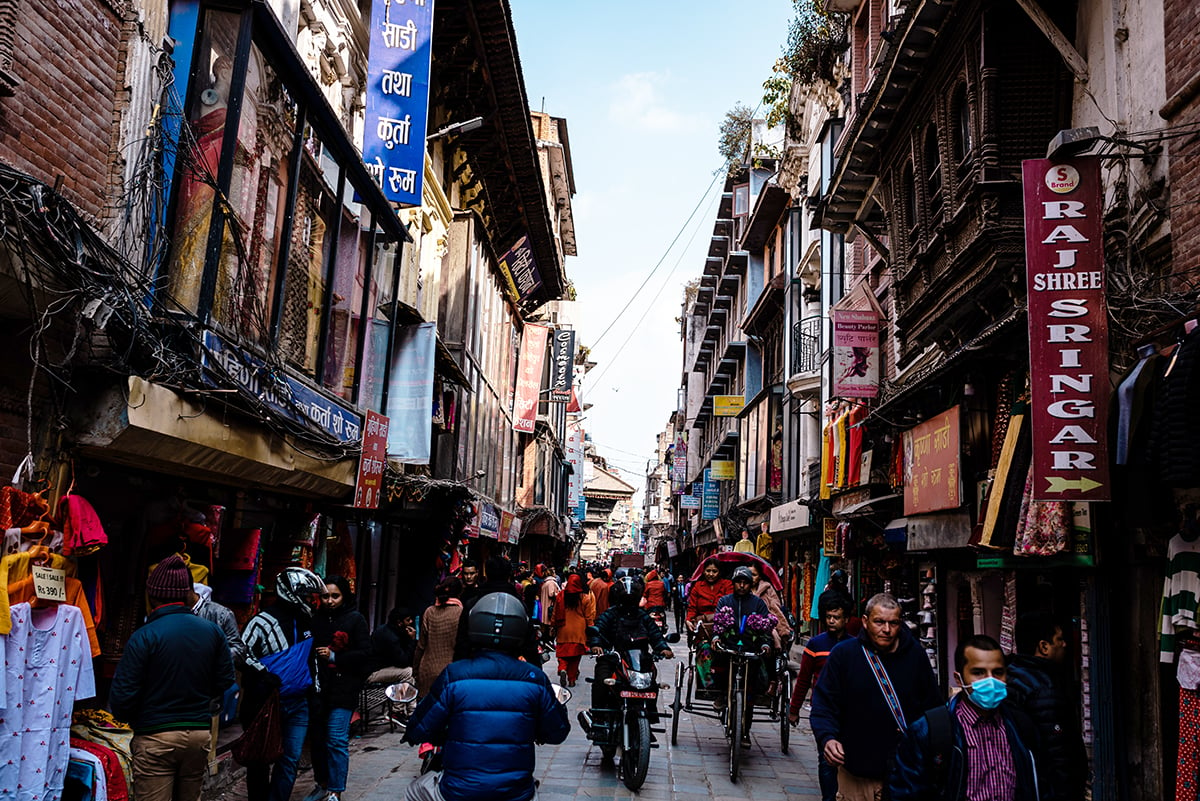
And lastly and most interestingly, Africa (54 countries), whose numbers actually dropped from a 7.6 prevalence per thousand to a 5.2—a 32% decrease.
Roughly three-fourths of our work is currently operating in Africa. No doubt there are multiple contributors for why Africa’s slavery numbers have gone down—but we are hopeful that we have played a part in that decrease!
Another key factor to consider is the population growth in the last five years. Our data scientist, Jon Hudlow, said, “With the global population also increasing by several hundred million in the last five years, it isn't as big of an increase as it might initially appear to be.”
From 40 million in slavery to 50 million is an increase of about 25%—but considering the population growth, the percentage of the population going into slavery only comes out to a 0.08% increase, according to the prevalence statistic comparisons in the report.
Why are the numbers going up at all?
The pandemic definitely played a huge part in impacting modern slavery, just as it has impacted everything else in our daily lives. COVID-19 caused increased vulnerabilities across the globe as people lost jobs, family members, and education opportunities.
The new report emphasized the impact of the pandemic on girls and children already at a socioeconomic disadvantage:
“There is a risk that school closures led some students to ‘go off the grid,’ especially girls and those from lower socio-economic backgrounds. This may prevent them from re-engaging in education, thus putting these individuals at higher risk of falling further behind and curbing their education aspirations. This, in turn, increases the risk of child and forced marriage.”
This may explain why forced marriage went up in Asia and the Pacific (a 65% increase) while forced labor actually went down (a 13% decrease).
The report also detailed other influential factors such as recent armed conflicts and climate change, forcing people to migrate without the resources needed to do it safely. Conflicts also brought a rise in gender-based violence. These things together created a storm of increased vulnerability, having the greatest impact on those who were already the most vulnerable: the poor, the outcasts, migrant workers, etc.
How is Love Justice responding to this report?
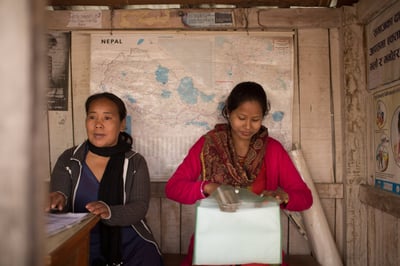
This report is a toolkit for greater impact. We are working on expanding our reach and currently have a multitude of countries lined up that we are exploring and building partnerships with for future stations.
We are eagerly awaiting the 2023 release of the new Global Slavery Index (GSI) from Walk Free Foundation, contributors to the ILO report. This new GSI should tell us the individual country breakdown, which could show more clearly the impact Love Justice has in the countries we work in.
But most importantly, we are simply moving forward. We are continuing to give our best to this work and to improving our strategies for maximum impact. Ten million more people experiencing slavery right now means this is no time to back down.
“We always want to remember that God loves each individual more than the person that we love most, which is why we want to strive to make the greatest impact possible,” said John Molineux, LJI’s founder and CEO.
These new numbers are daunting, but certainly not insurmountable. If we played any part in bringing Africa’s numbers down, we can continue to do so in each region we expand into.
We’re running full force to bring freedom to the captives, and we invite you to join us. Only together can we bring an end to this horrible injustice.
Visit here to learn how you can make a tangible impact in the fight to keep one more person free from slavery.
*All data and statistics current at the date and time of publishing. Names changed, and some specific locations excluded for privacy and security purposes.
-1.png?width=500&height=500&name=LJI_MAINLOGO_WhiteBackground%20(1)-1.png)
/fishing_lake_man_africa.webp?width=1080&name=fishing_lake_man_africa.webp)


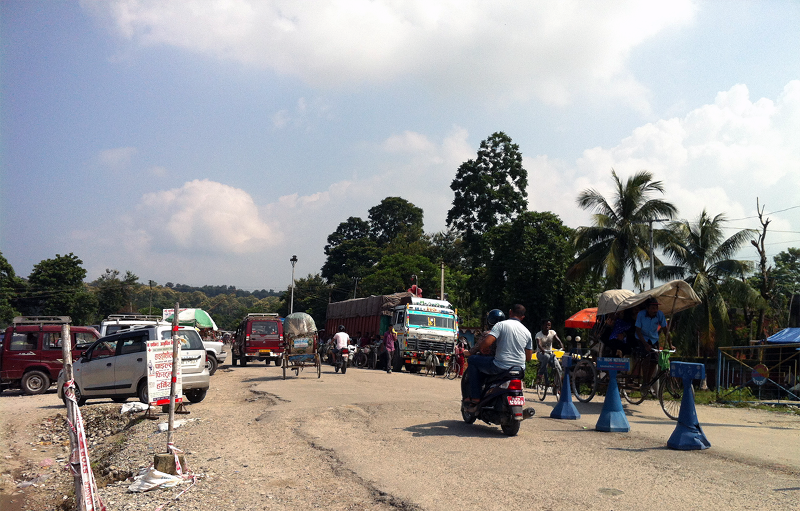
/bimala_feature_blog.webp)


/boy_girl_asia_streets.webp)
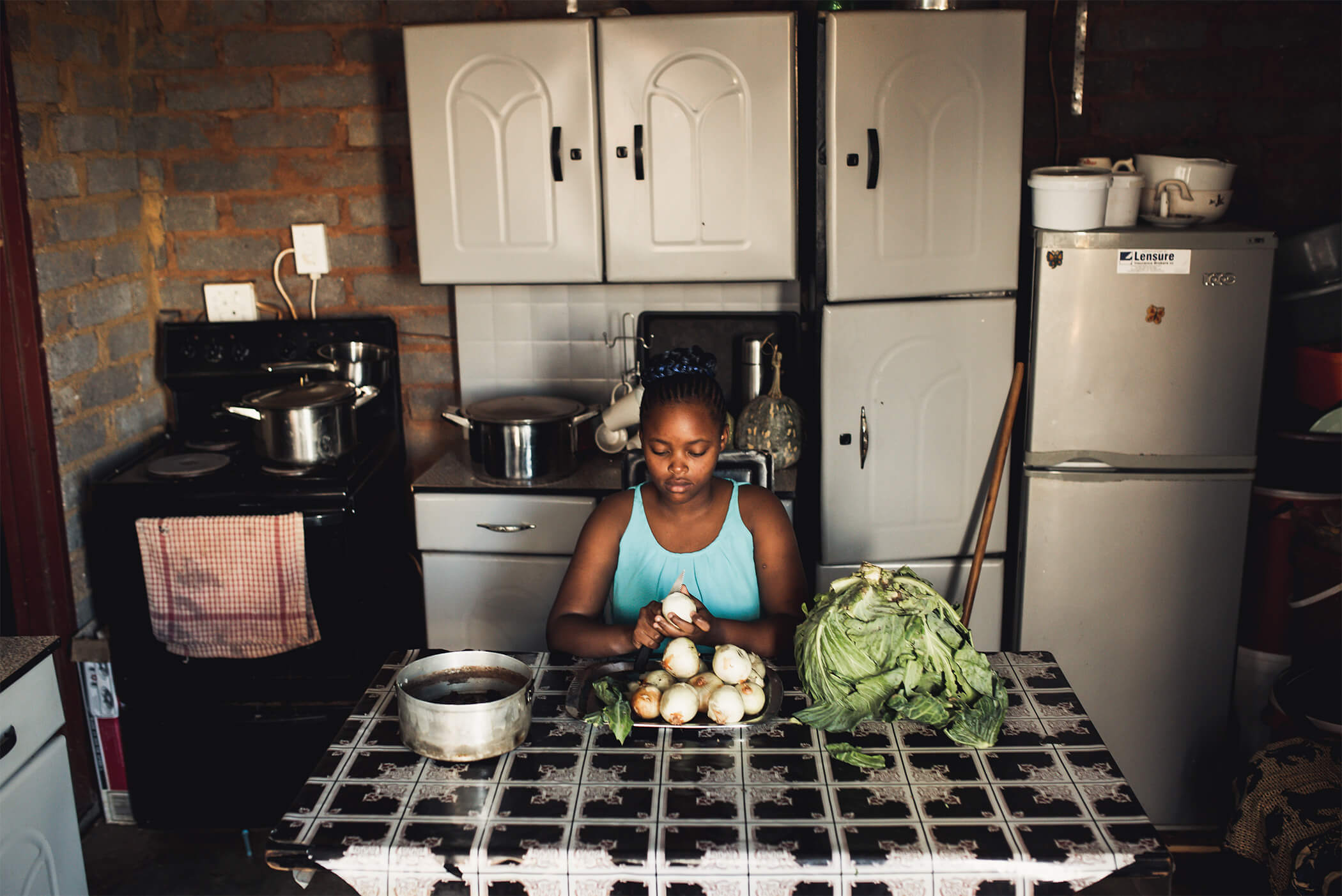
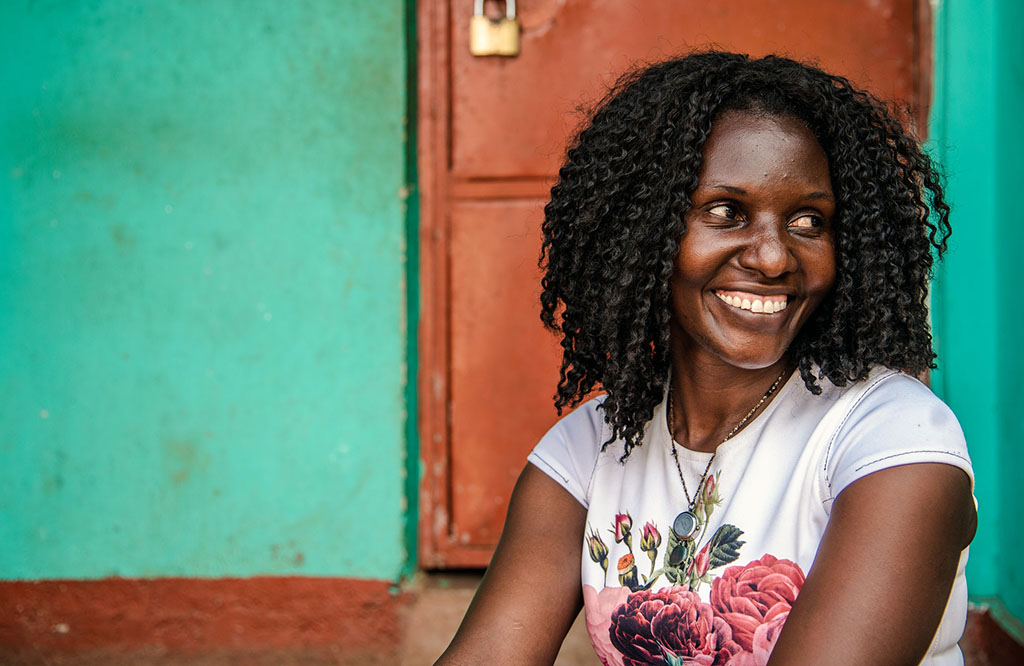
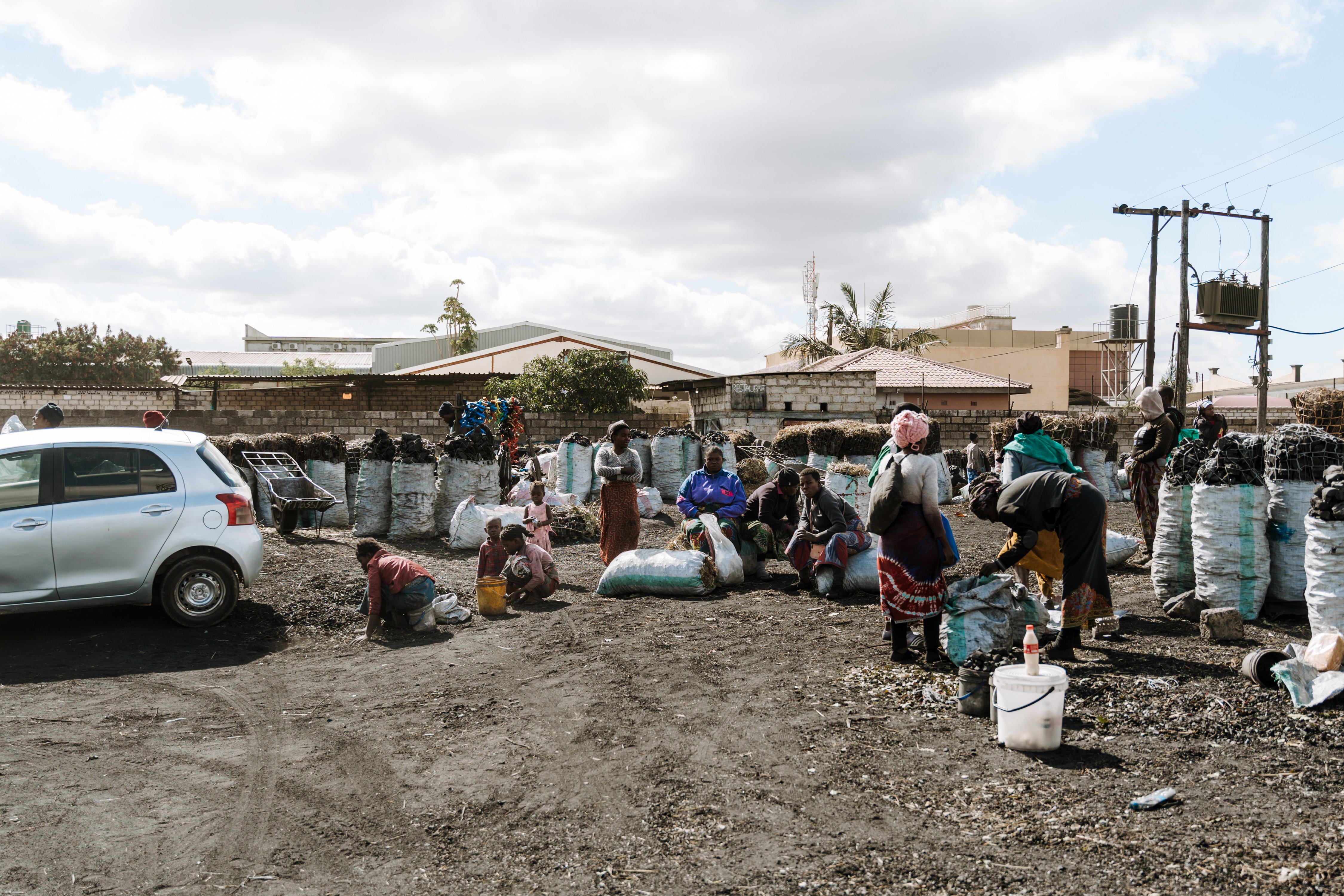

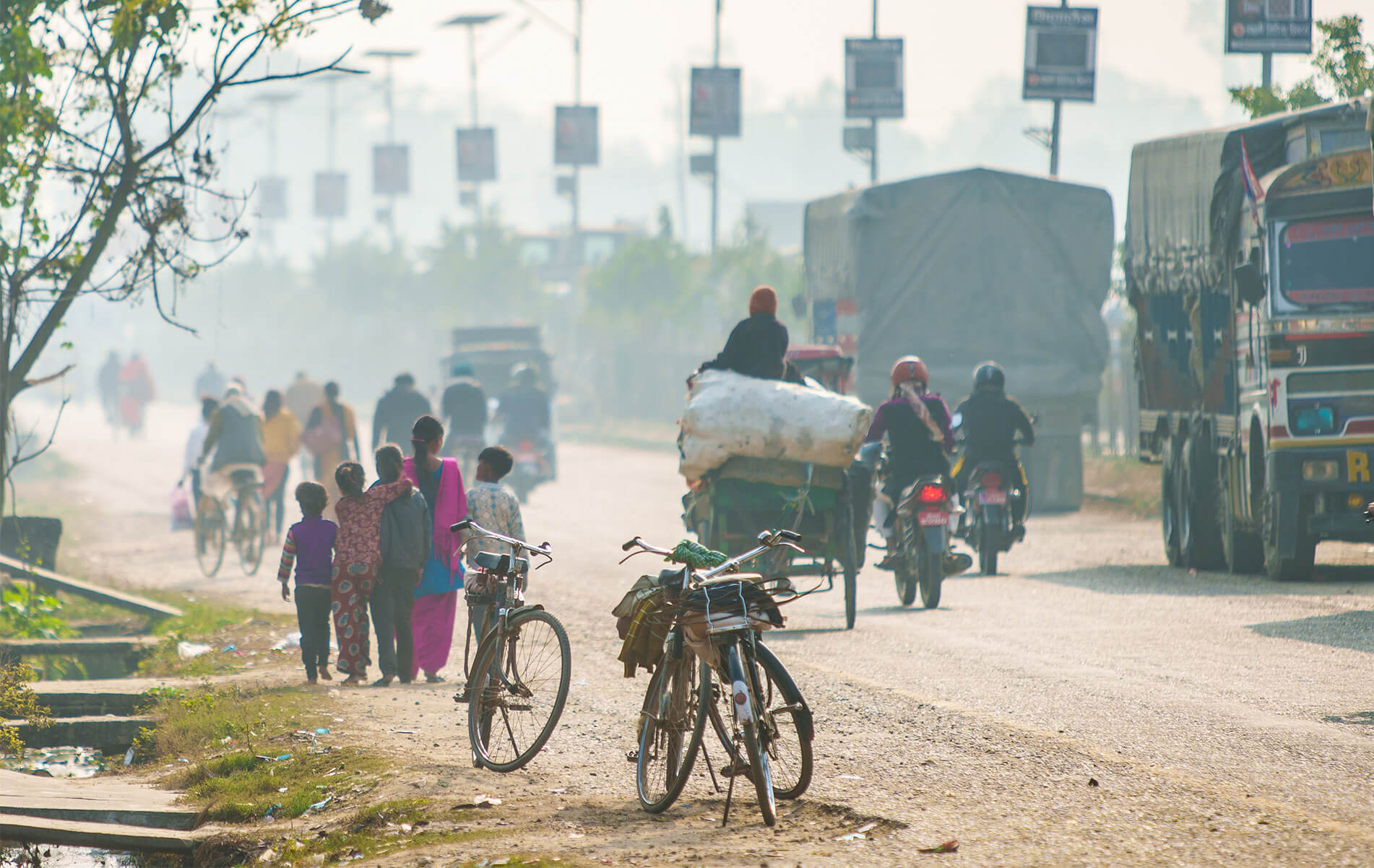

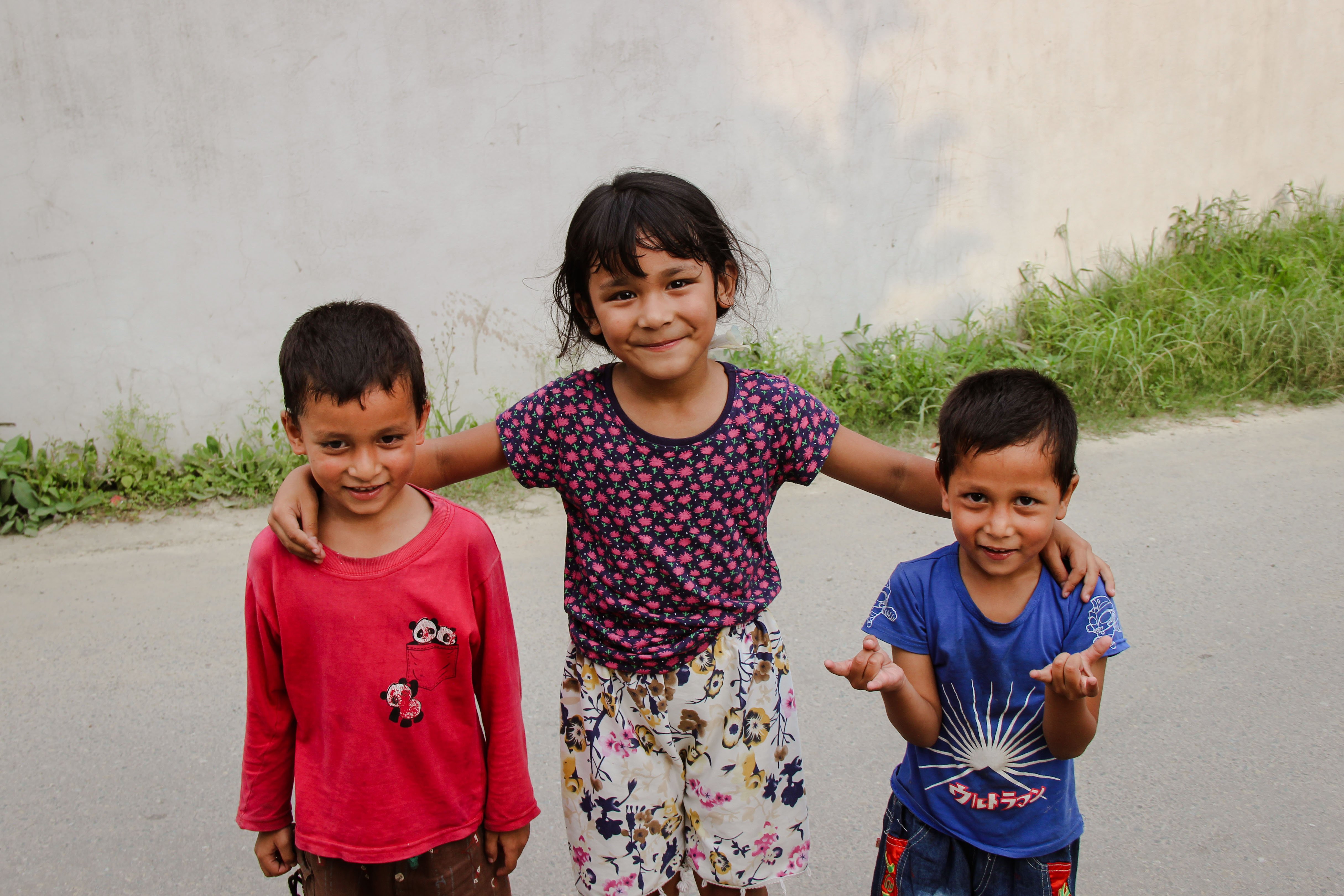
/asia_brothel_girl.webp)
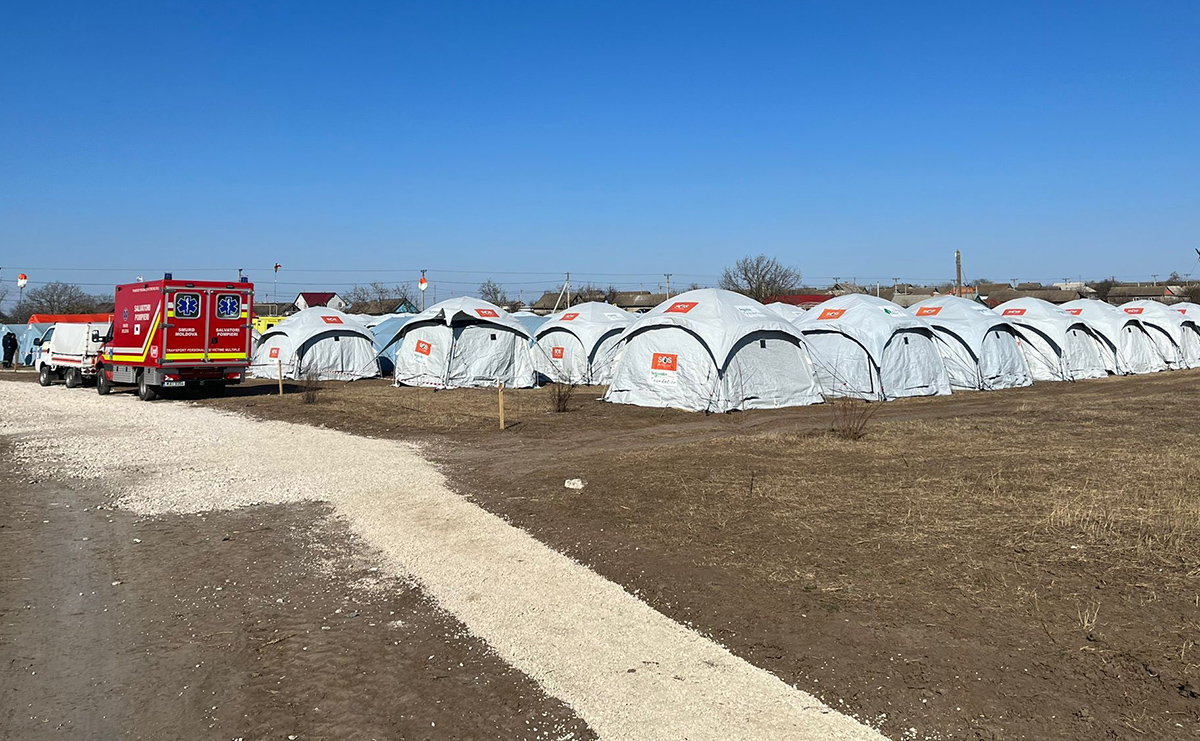
/young_woman_asia_smile.webp)
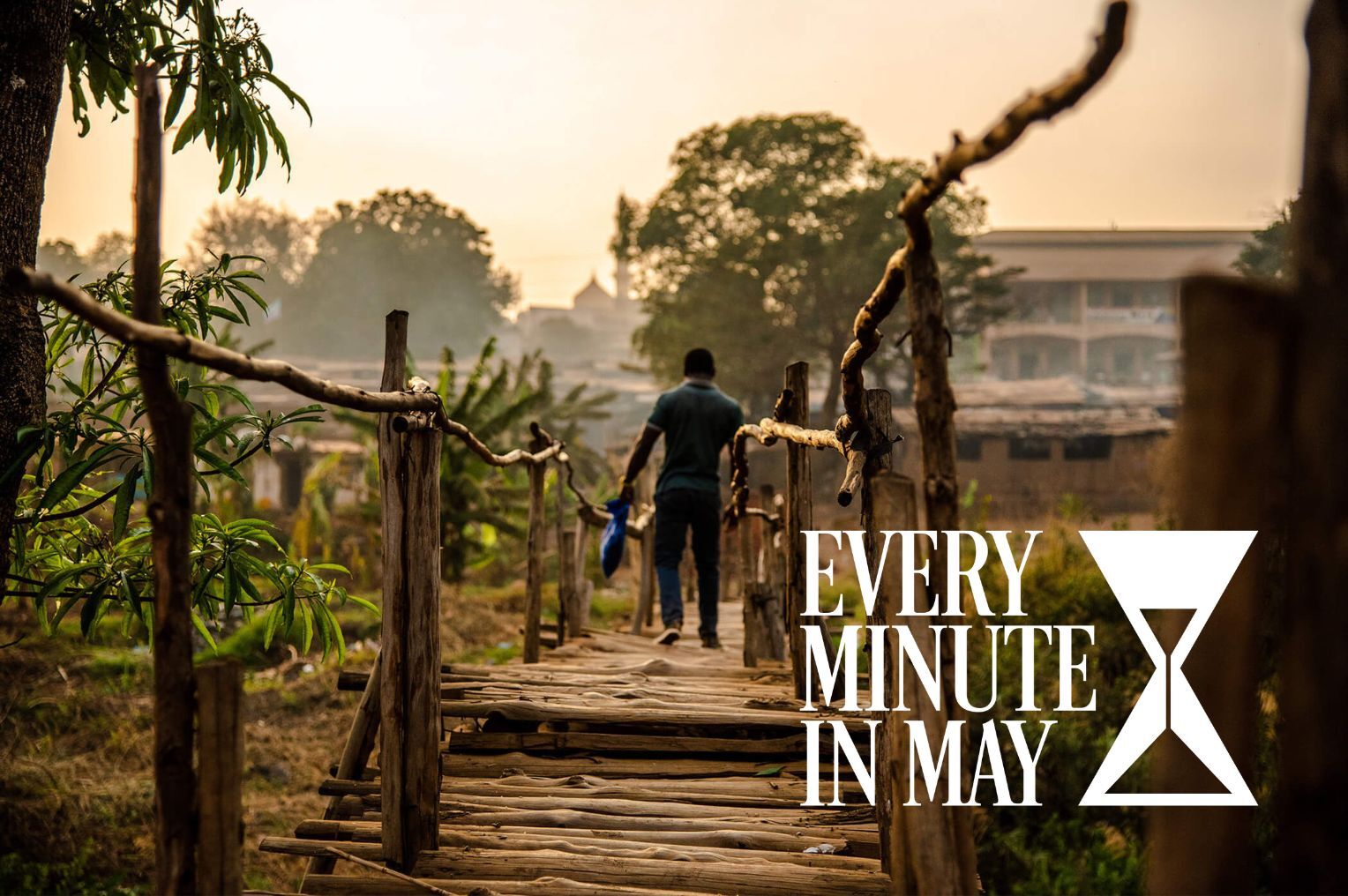
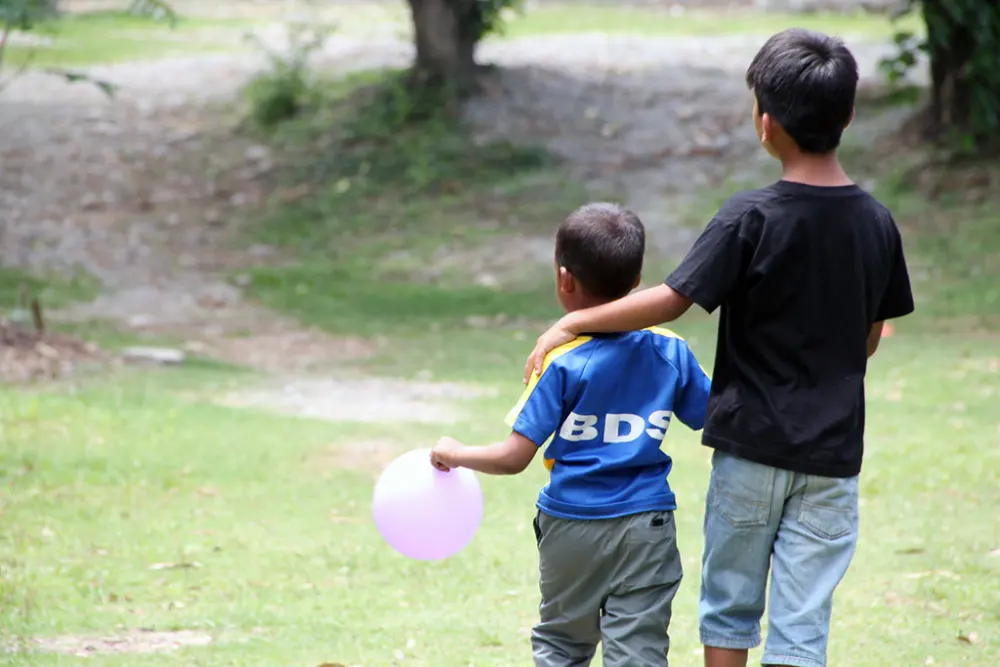
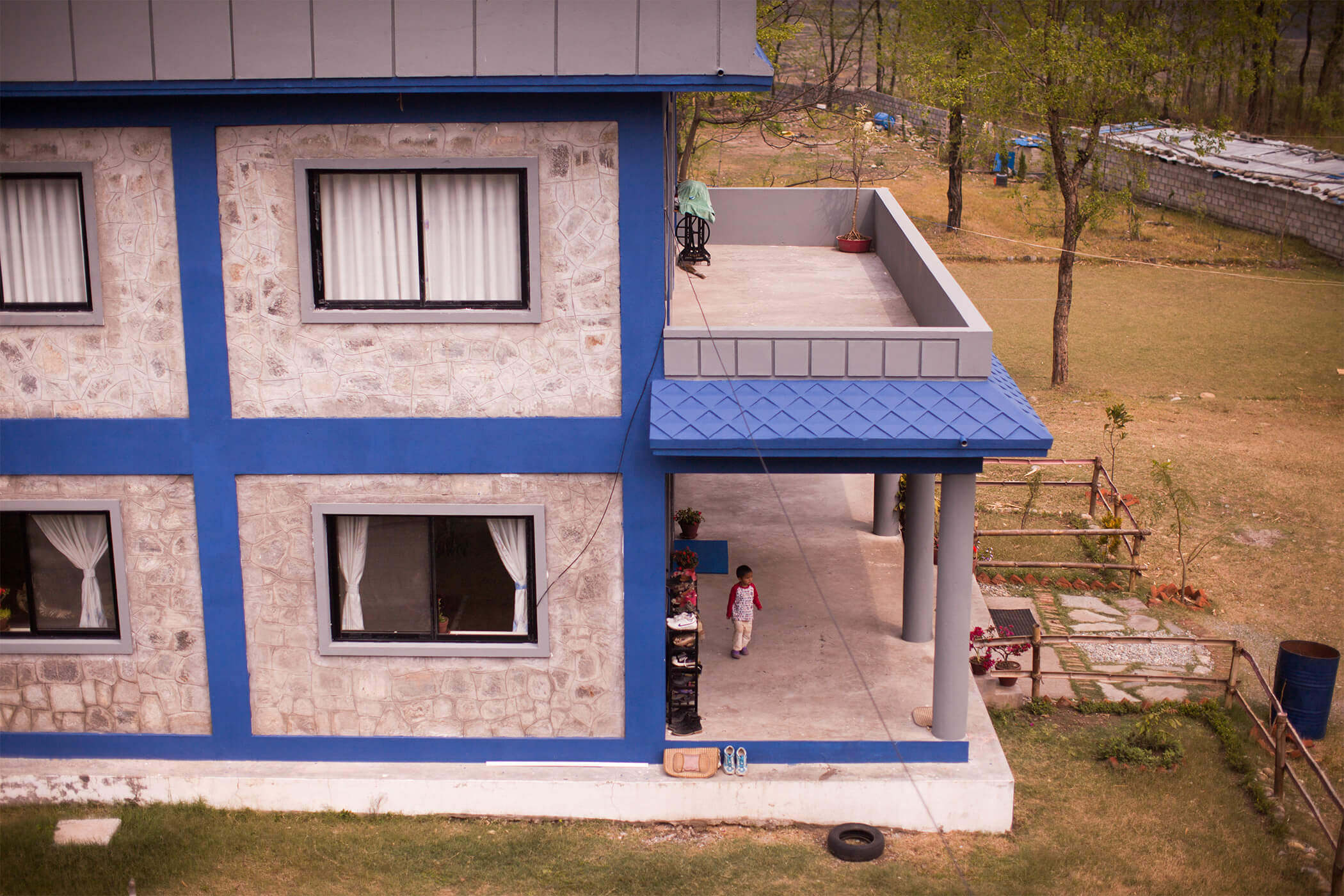
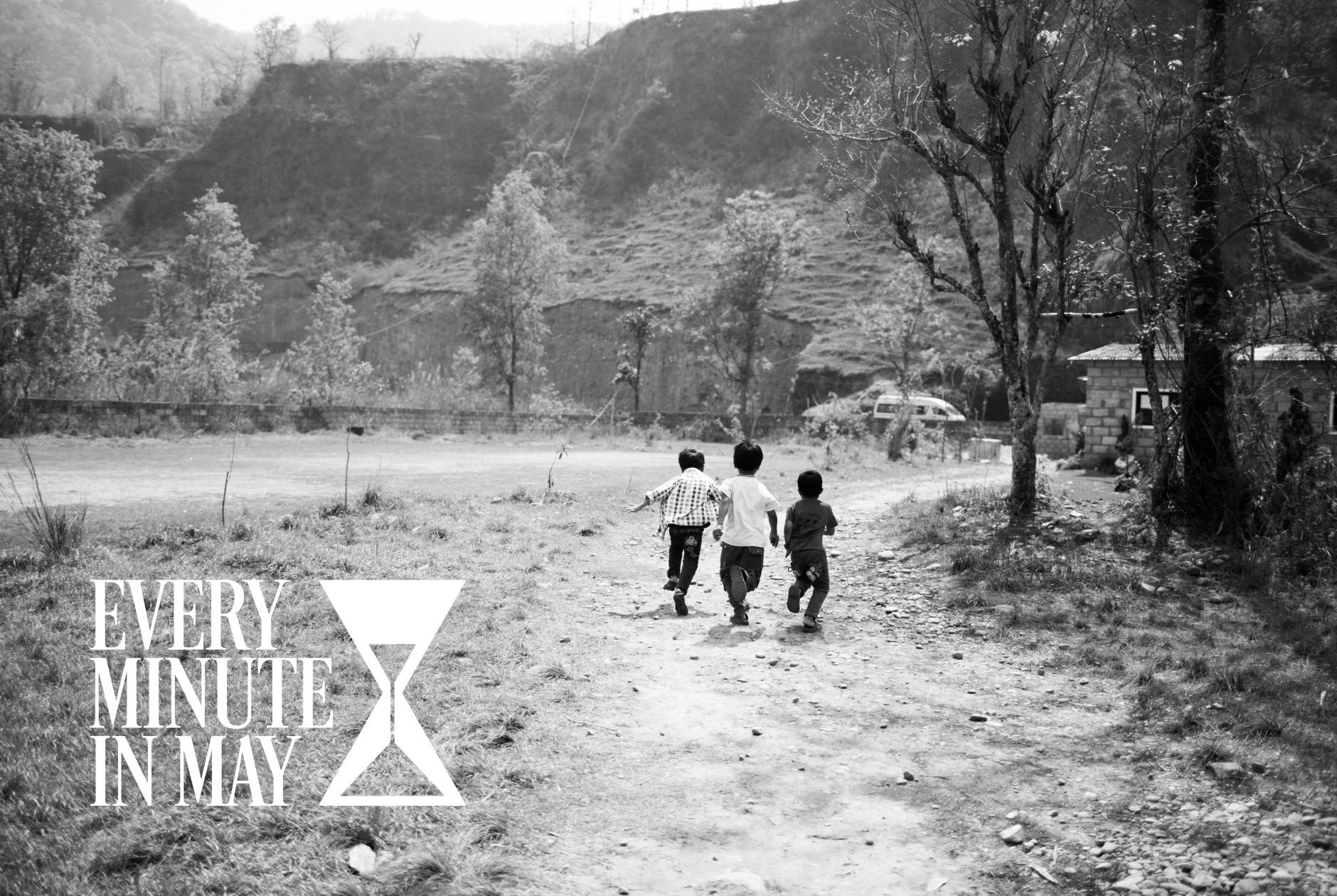

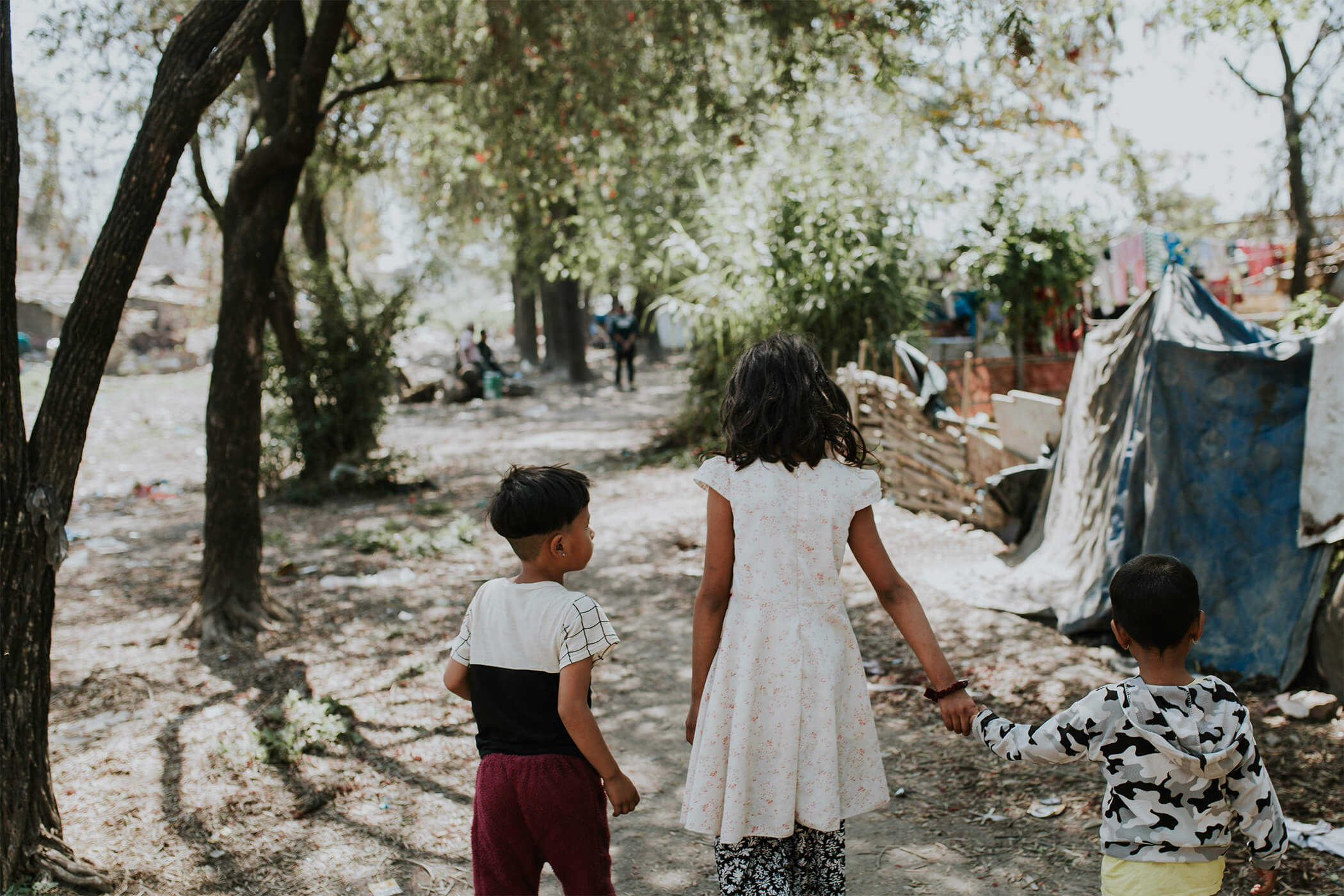




Post a comment